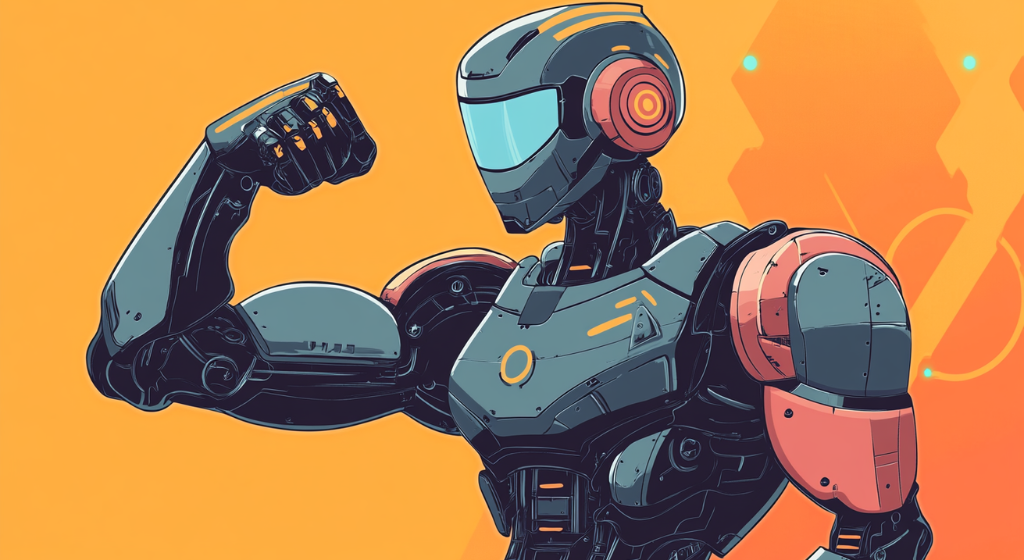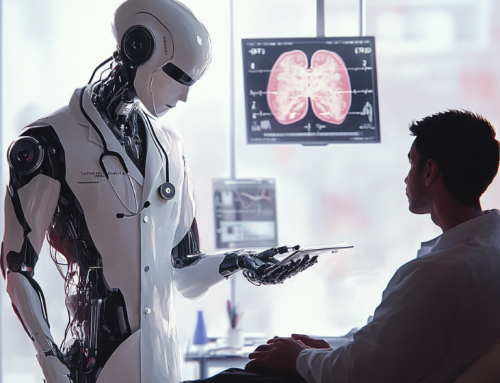
MIT engineers have developed a groundbreaking light-responsive artificial muscle using human and mouse cells, offering soft robots multi-directional movement inspired by the human iris and paving the way for more efficient, biodegradable robotic systems. (Source: Image by RR)
New Muscle Tech May Lead to Robotic Systems for Rescue and Ocean Repair
Engineers at MIT have developed a new method for creating artificial muscles that can contract in multiple directions, mimicking the complex movements of human muscles such as those in the iris. Using a process they call “stamping,” the team 3D-printed molds with microscopic grooves that guide the growth of genetically engineered muscle cells derived from humans and mice. These cells, as noted in newatlas.com, were seeded into a hydrogel—a water-based, tissue-like substance—where they grew into fibers and eventually formed a muscle about the size of a human iris.
When stimulated with light, the engineered muscles contracted concentrically and radially, just like a natural iris. This multidirectional movement marks a breakthrough in soft robotics, where most components are currently limited by rigid mechanical actuators. According to lead researcher Ritu Raman, the stamped muscle could unlock new capabilities in robots, especially those used in underwater or search-and-rescue operations where energy efficiency, flexibility, and biodegradability are essential.
The stamping process is not only effective but also accessible. While the initial research used high-precision 3D printers, Raman emphasized that similar results could be achieved using consumer-grade printers. The reusable nature of the stamps also makes this approach cost-efficient, allowing for scalable production of soft, biologically powered robotic components. The technique’s versatility could lead to a wide range of applications across robotics, medical devices, and sustainable engineering.
Looking ahead, the MIT team plans to explore other cell types and muscle structures to expand the potential functions of their artificial muscles. This innovation builds on recent advances in bio-robotics, such as Cornell’s development of “robot blood,” and signals a future where soft, agile robots may navigate tight spaces or delicate environments—revolutionizing industries from oceanic infrastructure repair to disaster recovery.
read more at newatlas.com







Leave A Comment